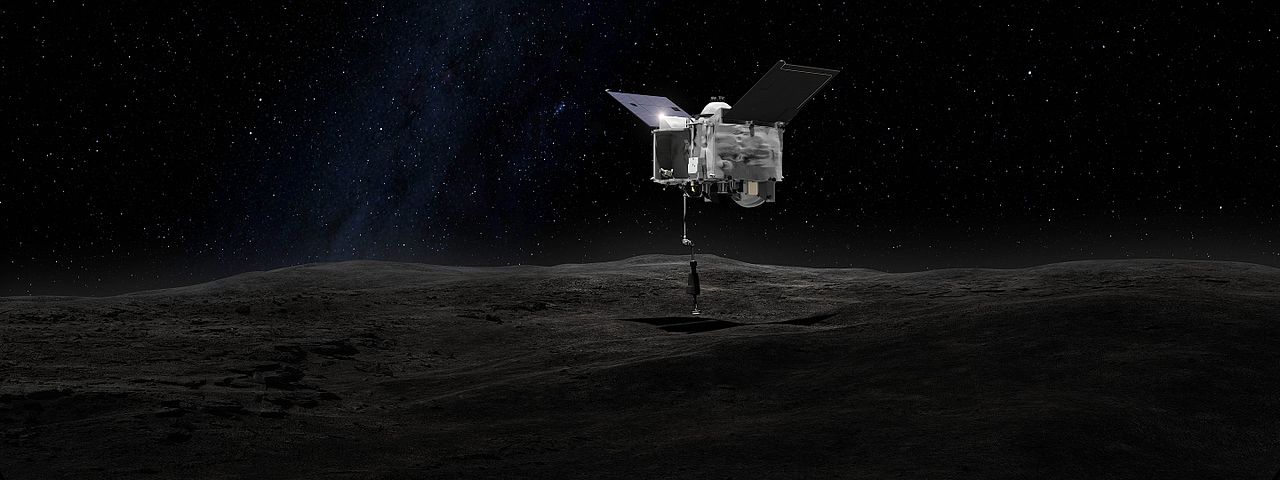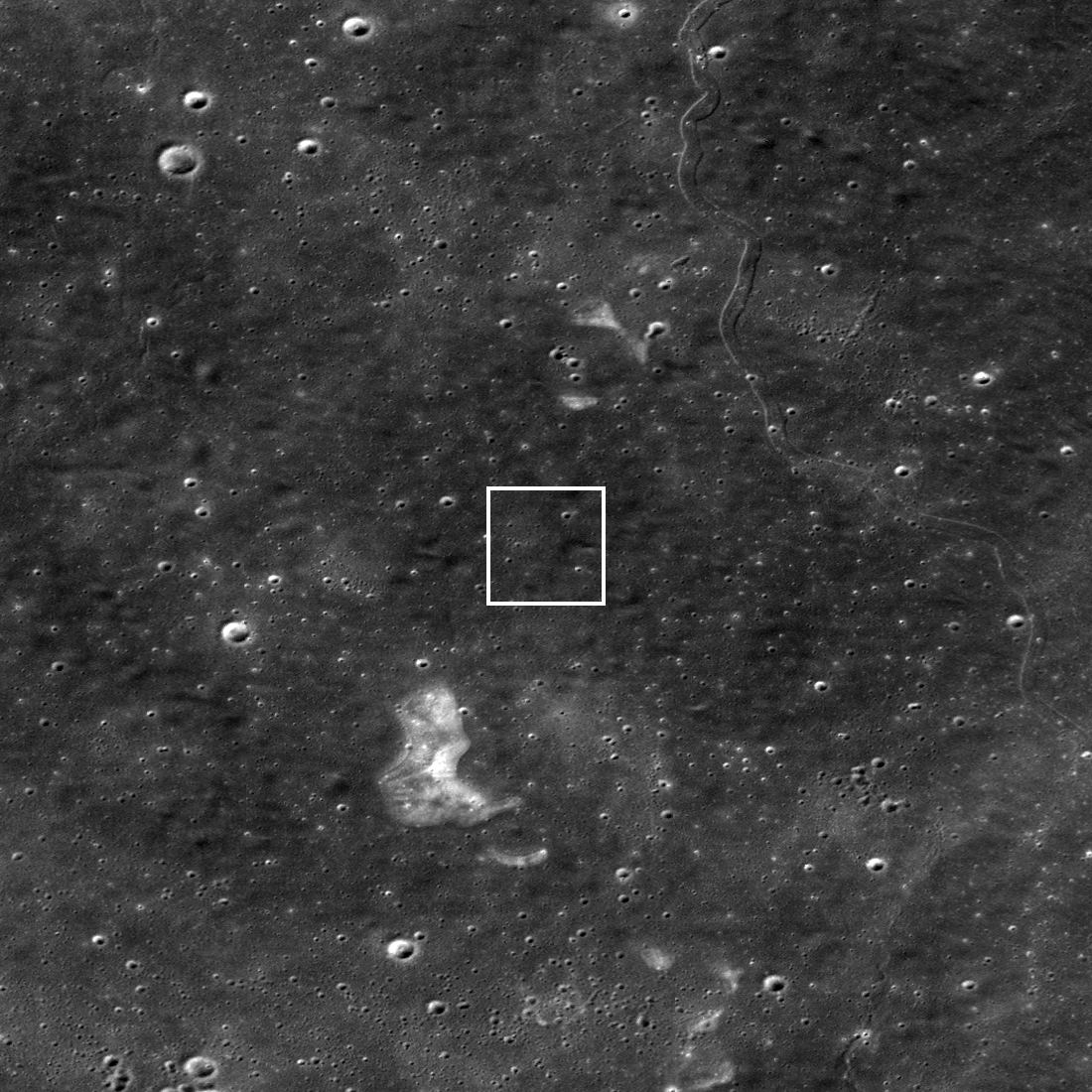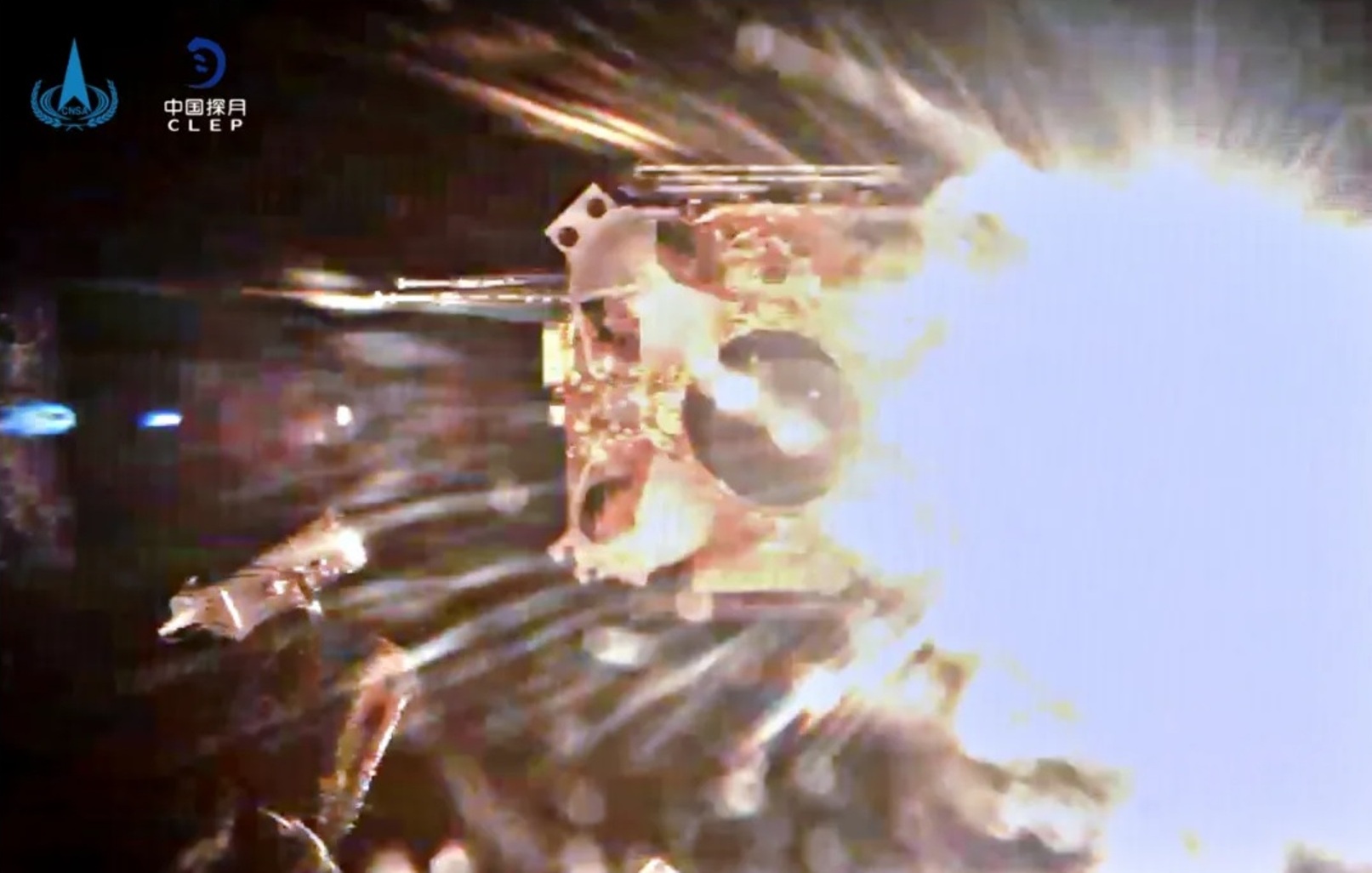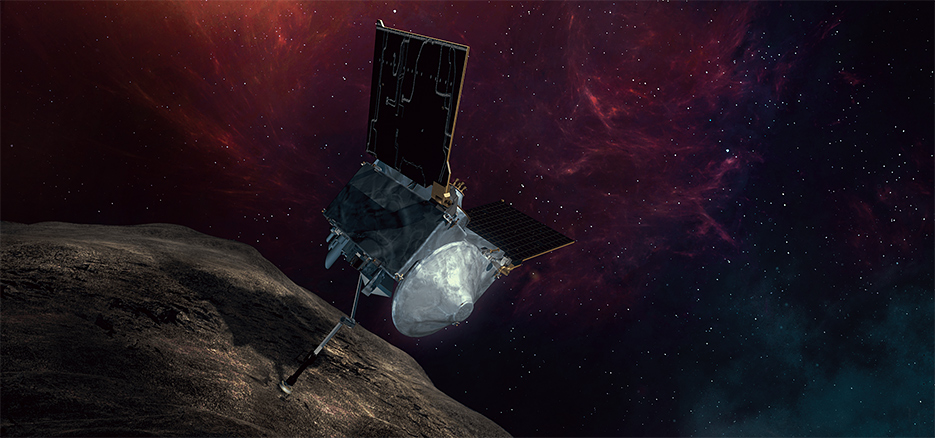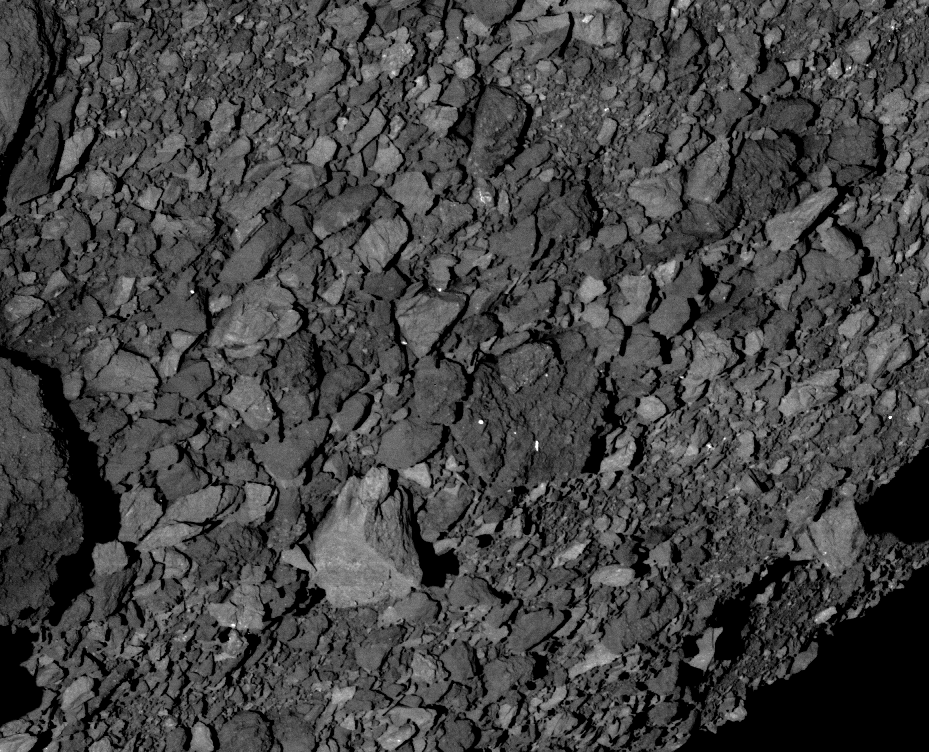After more than two years in orbit around asteroid Bennu, NASA’s OSIRIS-REx spacecraft is ready to come home. It’s bringing with it a pristine sample of space rocks that geologists here on Earth are eager to study up close. The sample will arrive in September 2023, but we won’t have to wait nearly that long for new data from OSIRIS-REx. Last week, the probe carried out one final flyby of Bennu, in an effort to photograph the sample collection site. The photographs are being downlinked now, and should be here by midweek.
If you’ve been following the OSIRIS-REx mission, you probably already know why scientists are keen to see these photographs, but if you haven’t, hold on to your hats – it’s a wild story.
Continue reading “OSIRIS-REx Did One Last Close Flyby of Asteroid Bennu. It’s Almost Time to Come Home”
